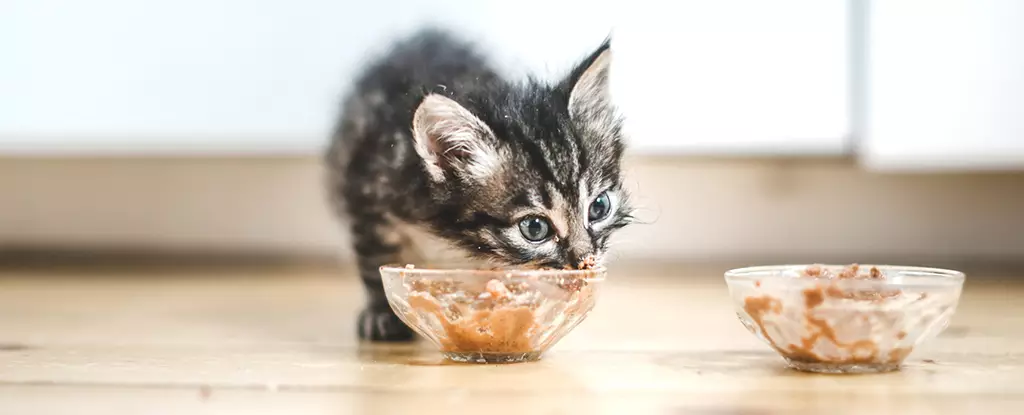The recent incidents of bird flu infections among pet cats in Los Angeles County have raised alarming concerns not only for pet owners but for public health authorities as well. At least six cats have succumbed to the H5N1 virus, with several others falling ill after consuming infected raw pet food and raw milk. This situation highlights a troubling intersection of animal husbandry, food safety, and disease transmission that warrants careful examination.
The unfortunate cases emerging from specific households in Los Angeles underscore how indoor cats, typically considered at a lower risk for infectious diseases, can still encounter threats through their diet. In one case, two out of five cats in a household died after eating brands of raw pet food known to contain H5N1 particles. The swift onset of illness—where four cats exhibited severe symptoms—demonstrates how rapidly such infections can escalate and the critical failure in the food supply chain that led to their exposure.
What makes this situation particularly distressing is that these cats were indoor pets that had no direct contact with the outside world. It begs the question of how this virus is entering the domestic setting. The Los Angeles County Department of Public Health (LACDPH) confirmed that ‘Monarch Raw Pet Food’ was specifically implicated in containing live H5N1 virus particles, prompting an urgent call for consumers to discard any potential stock of the product. This instance highlights a significant gap in the safety protocols that should govern raw pet food production and distribution.
The pattern of transmission isn’t limited to types of pet food; it also extends to other sources such as raw milk, which has led to the deaths of several other cats. These cases reveal a worrying trend: H5N1 is no longer confined to birds and poultry. The virus has been detected in other mammals and has the capacity to persist in food products intended for human consumption, amplifying the risk to pets and, by extension, their owners.
The potential for zoonotic transmission—where disease jumps from animals to humans—is a source of unease. Although current indications from LACDPH clarify that there is no evidence of local transmission between cats or from cats to humans, the emergence of H5N1 in domestic pets still raises concerns about eventual mutations that could change this dynamic. Furthermore, the information that 66 individuals in the U.S. have been confirmed infected with H5N1, leading to one fatality, serves as a stark reminder of the virus’s potential threat to human health.
In light of these incidents, it is essential that pet owners exercise due diligence and precaution. Avoiding raw diets is a crucial first step; many advocates in veterinary health argue that raw food diets offer limited advantages and introduce a host of risks. The LACDPH advises against feeding pets raw dairy, raw meat, or raw poultry, urging consumers to be vigilant about food recalls and contamination alerts.
Moreover, awareness of potential symptoms of H5N1 in pets is vital. Symptoms may manifest as fever, lethargy, loss of appetite, jaundice, respiratory distress, or neurological signs, which can escalate rapidly. Pet owners are encouraged to seek veterinary assistance if they suspect that their pet has been exposed to potentially contaminated products.
As we witness an uptick in H5N1 cases among domestic cats, it is imperative that pet owners remain vigilant. This situation is about more than just the tragedy of losing beloved pets; it is about acknowledging the interconnectedness of human and animal health. The recent cases are a reminder of our responsibility to ensure that our pets’ diets are safe and to stay informed about the risks of zoonotic diseases.
Pet owners must also advocate for stronger regulations and practices in the production of pet food, as the current situation starkly reveals weaknesses in the oversight and management of animal food sources. Only through a collective effort can we help mitigate the threat posed by viruses like H5N1 and protect our beloved pets and the communities in which we live.

